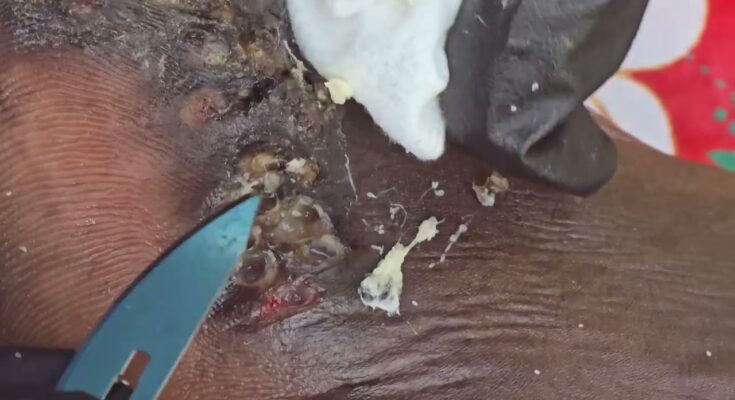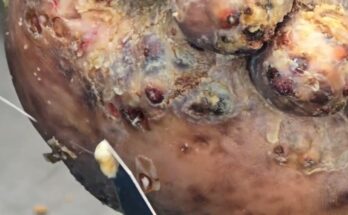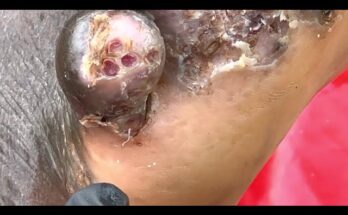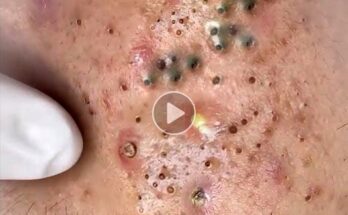🦟 Jigger Digging: Origins and Causes
Jigger digging refers to the painful process of removing Tunga penetrans, a parasitic flea commonly known as the jigger or sand flea. This tiny insect causes a condition called tungiasis, which affects humans and animals in tropical and subtropical regions.
🌍 Where Do Jiggers Come From?
- Scientific name: Tunga penetrans
- Native origin: Central and South America
- Spread: Introduced to sub-Saharan Africa and other tropical areas
- Habitat: Lives in dry, sandy soil, especially in areas with poor sanitation and where people walk barefoot
🧬 Life Cycle and Infestation
- The female jigger flea burrows into the skin—usually on the feet—and lays eggs inside the host.
- It causes swelling, itching, pain, and can lead to serious infections.
- The flea remains embedded in the skin, growing as it feeds and reproduces.
🚨 Why It’s Dangerous
- Jiggers thrive in unsanitary environments and dusty floors.
- Infestations can lead to:
- Severe pain
- Inability to walk or work
- Social isolation
- Permanent damage or even death in extreme cases
🛡️ Prevention and Awareness
- Wearing closed shoes and maintaining hygiene are key.
- Community education and medical outreach programs, like those by Sole Hope in Uganda, help break the cycle of infestation.



